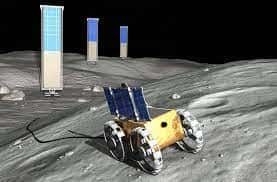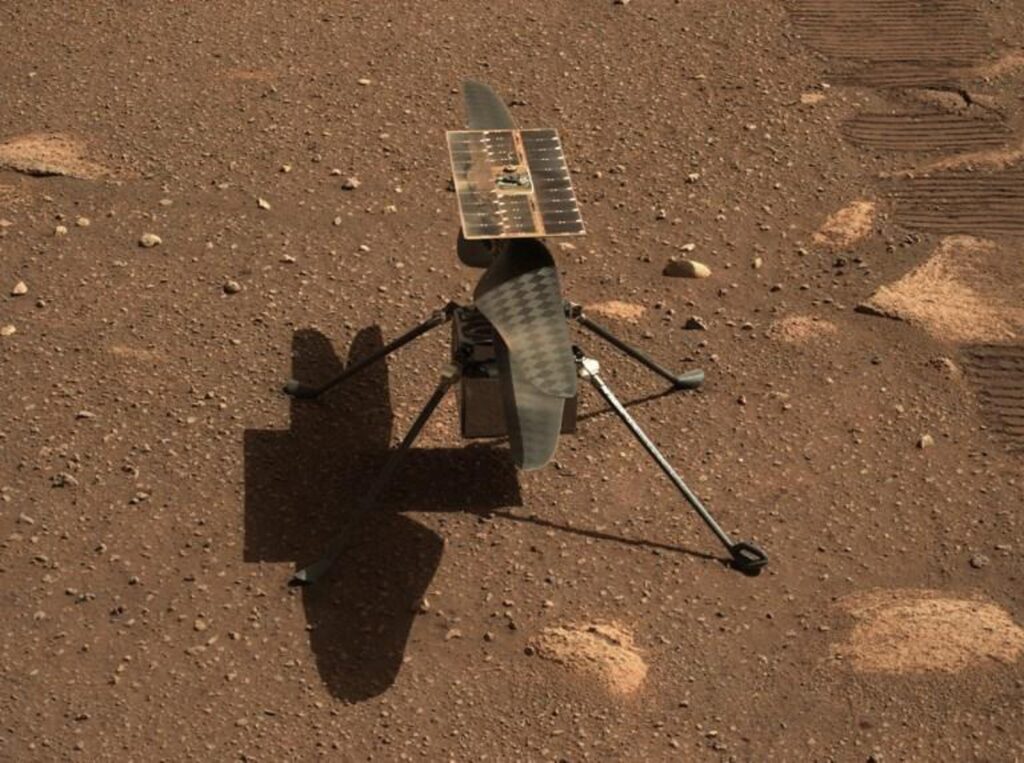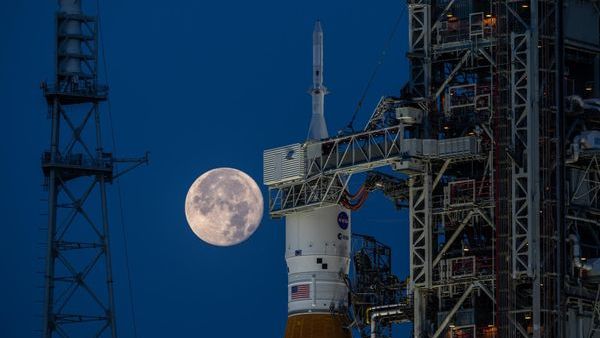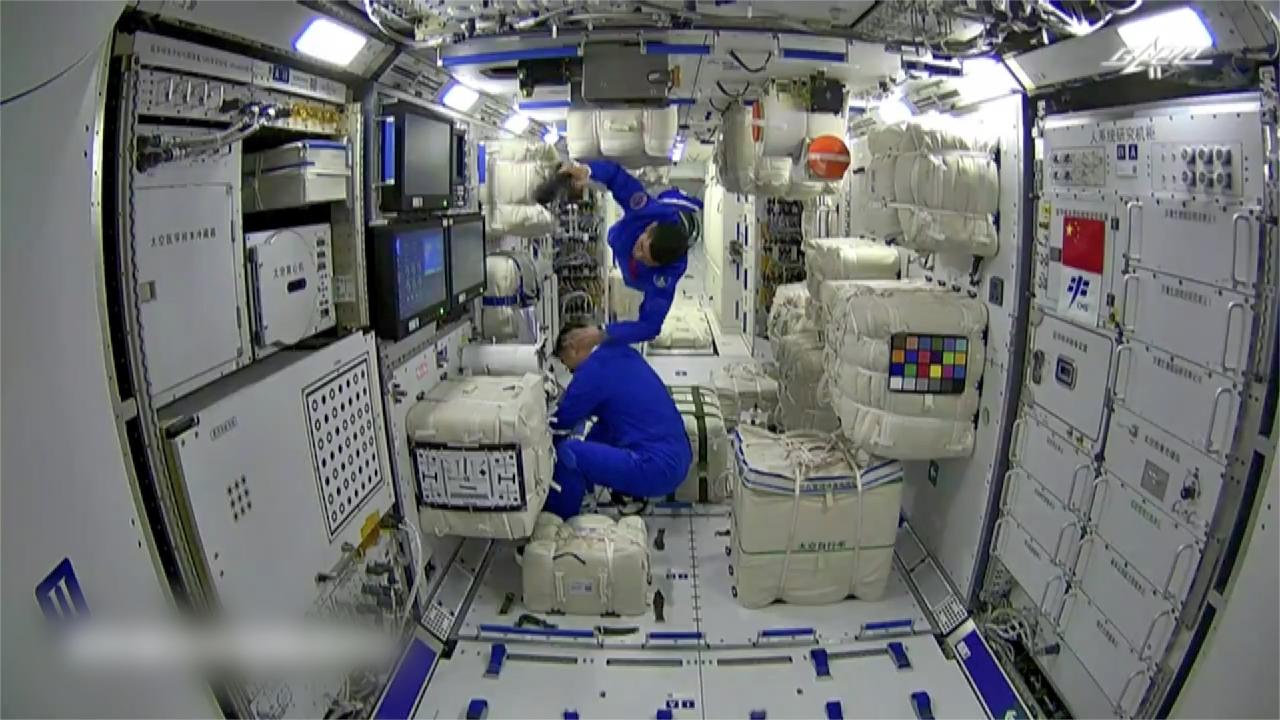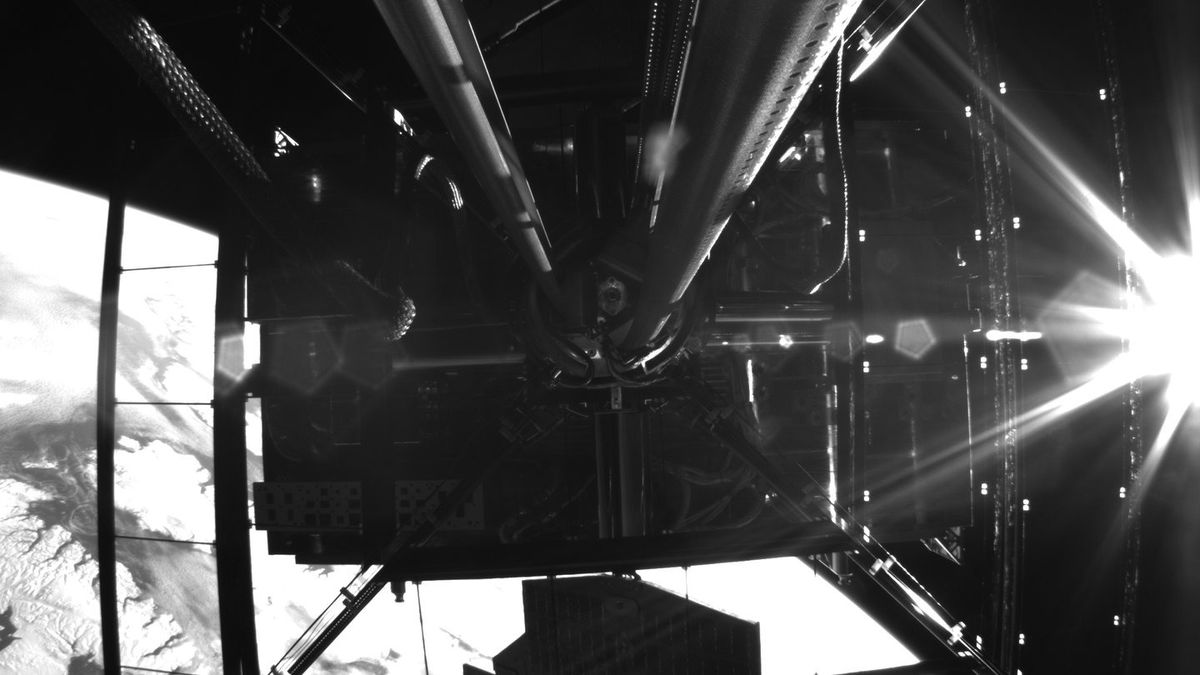NASA and other international space agencies occasionally deploy robotic and autonomous spacecraft into orbit to investigate planets and other celestial bodies in our solar system. These expeditions have improved our understanding of the habitats and resources in various parts of the solar system.
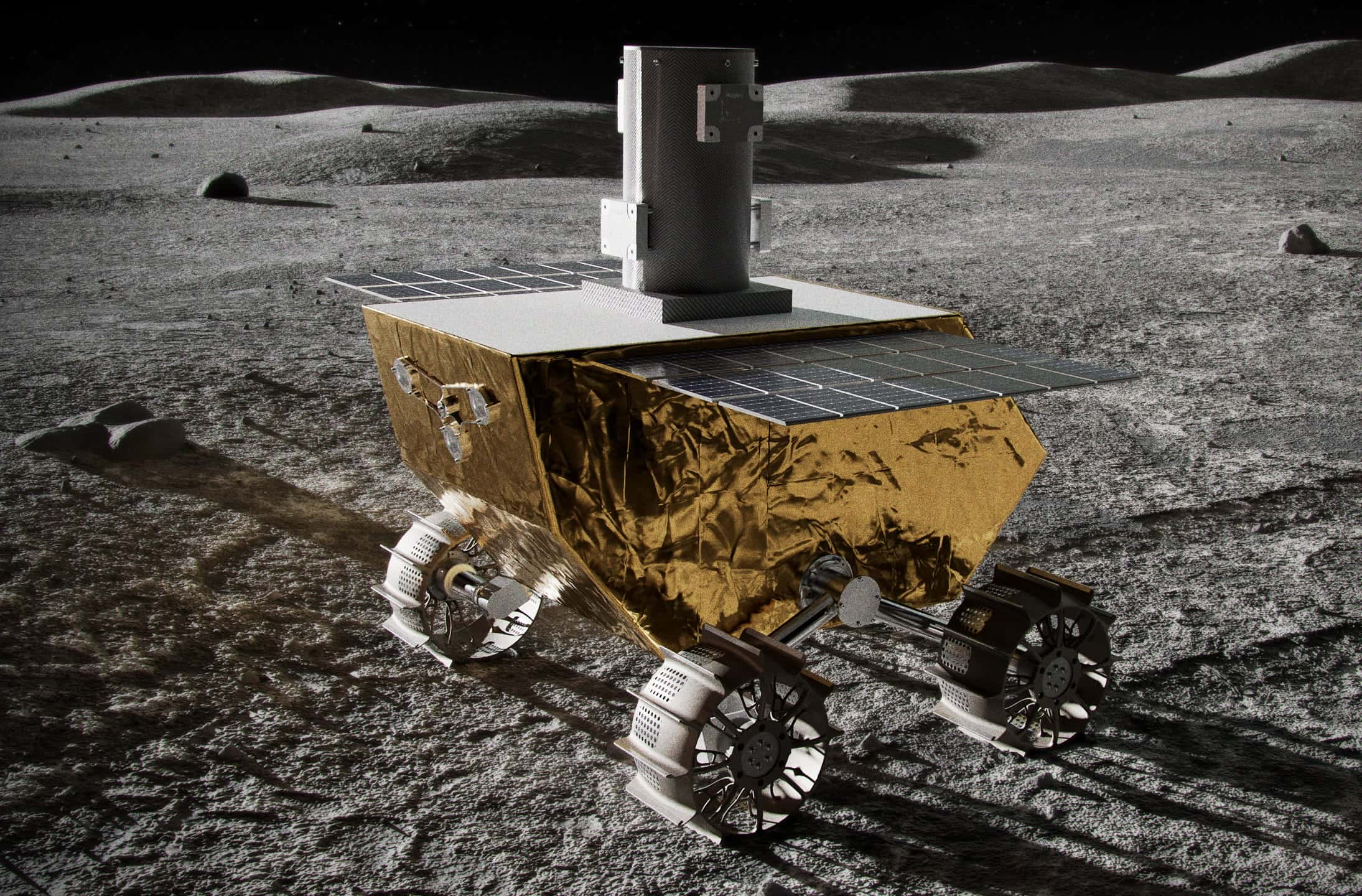
Novel strategy enables solar-powered rovers to safely exit permanently shaded areas of the moon
A study was conducted by scientists at NASA’s Jet Propulsion Laboratory (JPL) and the University of Toronto Institute for Aerospace Studies explored recovery techniques that might increase the efficiency and success of lunar expeditions utilizing solar-powered rovers. In their pre-publication paper on arXiv, they present a novel strategy that would enable solar-powered rovers to safely exit permanently shaded areas of the moon, reports from Phys.org.
The study’s principal investigator, Olivier Lamarre, told Phys.org that a number of countries, including the United States, China, India, Russia, and others, have recently indicated interest in studying the lunar south pole.
The majority of them intend to utilize solar-powered rovers to investigate permanently shadowed regions, or PSRs, which we believe may contain significant amounts of water ice. As one might expect, using a solar-powered rover to enter a PSR is risky business. The rover might not be able to return to sunlight before running out of energy if malfunctions cause a delay.
Although solar-powered rovers can be quite efficient in terms of power use, they are constrained by the need for sunshine to function. The rovers’ reliance on sunlight can prevent them from safely investigating and subsequently departing these locations since some portions of the moon are permanently in the shade, which can lead to their running out of energy during their mission.
Future lunar exploration missions may use the recovery strategy
Quantifying the likelihood of solar-powered rovers being lost while they are exploring these shaded regions of the moon was a major goal of the most recent work by Lamarre and his colleagues. The researchers also wanted to come up with a strategy that would increase the likelihood that the solar-powered rovers would successfully complete their missions.
As a fallback technique that enables a rover to optimize the likelihood of reaching “safety” (i.e., areas where the sunlight will reach it, recharging its battery), Lamarre and his colleagues’ planning methodology is known as a recovery policy. In their work, the researchers demonstrated how determining this recovery policy in this situation can be difficult since it calls for a number of approximations that, if they are wildly off, could compromise the accuracy of all predictions.
Jatan’s Space reported that Lamarre and his colleagues maintained these time predictions extremely cautious because they have a significant impact on the dependability of recovery strategies for the solar-powered rovers. In the end, this reduces the danger of failure while raising the likelihood that the policy will continue to be secure throughout actual operations.
Future lunar exploration missions may use the recovery strategy developed by this research team to lessen the possibility of losing solar-powered rovers in dark areas. The approach could soon be evaluated in a variety of realistic lunar circumstances because the new study was carried out in partnership with NASA’s JPL.
READ ALSO: NASA’s spacecraft photographs Jupiter’s green glowing dot
